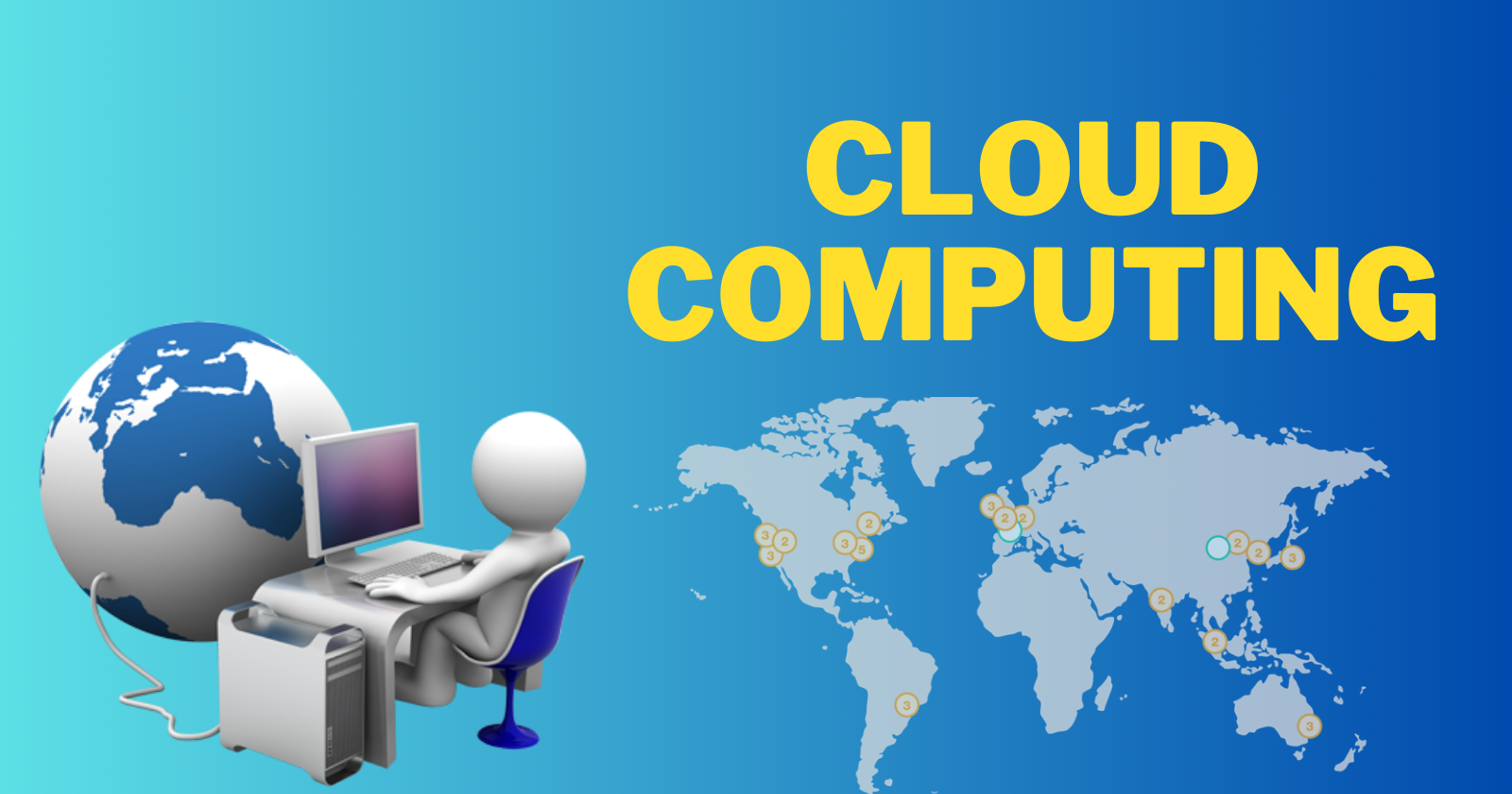Understanding Cloud Computing: Key Basics for Beginners
 Nikunj Vaishnav
Nikunj Vaishnav

What is Cloud ?
In simpler terms, imagine the cloud as a vast, virtual space where you can store files, run software, and access various services over the internet.
It's like having a powerful computer somewhere out there on the web that you can use for tasks without needing to own or physically manage the hardware. This allows users to access data and applications from anywhere with an internet connection.
What is Cloud Computing ?
Cloud computing is a technology model that involves the delivery of computing services over the internet. Instead of owning and maintaining physical servers and infrastructure, users can access and use computing resources, applications, and storage provided by either third-party service providers (public cloud) or their own organization (private cloud) through the internet. These services are hosted in data centers located around the world.
In essence, cloud computing can involve both third-party providers (public cloud) and an organization's internal resources (private cloud). The distinction lies in whether the computing resources are shared among multiple customers (public cloud) or dedicated to a single organization (private cloud). The flexibility of cloud computing allows organizations to choose the deployment model that best aligns with their needs and requirements.
Public Cloud:
Who Uses It: Everyone, like individuals, businesses, and organizations.
What It's Like: Imagine a giant, shared computer space on the internet. It's like using apps, storing files, or doing tasks on the internet that anyone can access.
Example: Think of Google Drive or Amazon Web Services (AWS).
Private Cloud:
Who Uses It: One specific organization or business.
What It's Like: Picture having your own personal, private computer space. It's like a digital clubhouse where only you and your team have access. Others can't just drop in.
Example: A company using its own server for all its digital needs.
Hybrid Cloud:
Who Uses It: A mix of everyone, depending on needs.
What It's Like: It's like having your private computer space, but sometimes you use the shared internet space too.
Example: A business storing sensitive data in its private space but using the public cloud for extra storage or specific tasks.
Public Cloud: Shared digital space for everyone.
Private Cloud: Your own exclusive digital space.
Hybrid Cloud: Using both your private space and the shared online space when needed.
Conclusion
Cloud computing offers a flexible, scalable, and cost-effective solution for individuals and organizations to manage their computing needs. By leveraging public, private, or hybrid cloud models, users can access a wide range of services and resources over the internet, enabling them to focus on their core activities without the burden of maintaining physical infrastructure.
As technology continues to evolve, cloud computing will undoubtedly play a crucial role in driving innovation and efficiency across various sectors.
Connect and Follow Me On Socials :
Like👍 | Share📲 | Comment💭
Subscribe to my newsletter
Read articles from Nikunj Vaishnav directly inside your inbox. Subscribe to the newsletter, and don't miss out.
Written by

Nikunj Vaishnav
Nikunj Vaishnav
👋 Hi there! I'm Nikunj Vaishnav, a passionate QA engineer Cloud, and DevOps. I thrive on exploring new technologies and sharing my journey through code. From designing cloud infrastructures to ensuring software quality, I'm deeply involved in CI/CD pipelines, automated testing, and containerization with Docker. I'm always eager to grow in the ever-evolving fields of Software Testing, Cloud and DevOps. My goal is to simplify complex concepts, offer practical tips on automation and testing, and inspire others in the tech community. Let's connect, learn, and build high-quality software together! 📝 Check out my blog for tutorials and insights on cloud infrastructure, QA best practices, and DevOps. Feel free to reach out – I’m always open to discussions, collaborations, and feedback!